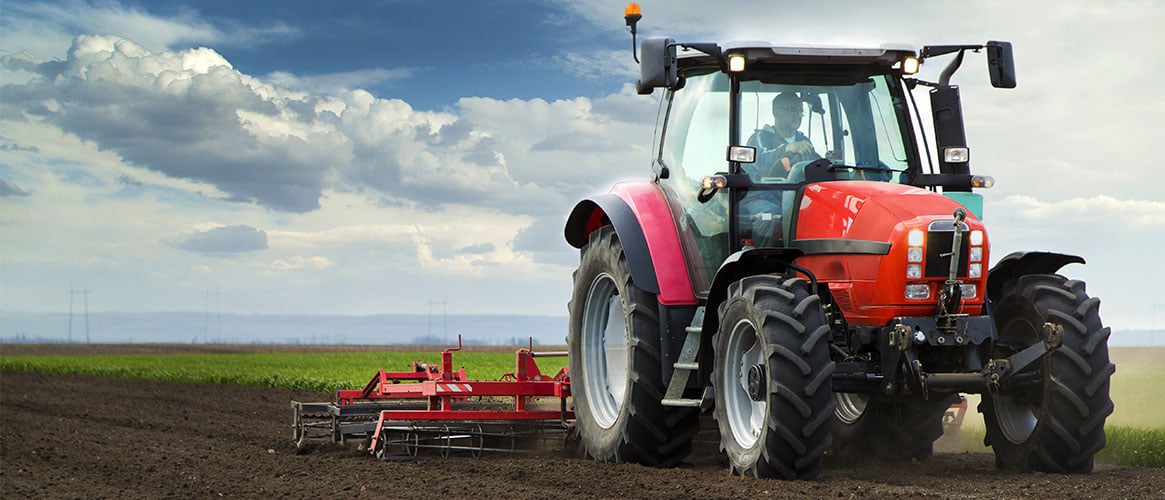Tractor rollovers are one of the leading causes of death among farm workers in the United States. More than 130 workers die each year. All tractors manufactured after October 25, 1976, must have a rollover protective structure (ROPS). A ROPS is a cab or frame designed to prevent injury or death when a rollover occurs. If you own a tractor manufactured before October 25, 1976 contact the manufacturer for an approved ROPS system.
What your employees need to know about ROPS protection
Required by law, all operators using a ROPS-equipped tractor must wear a seatbelt. A tractor’s ROPS and seat belt work together to protect the operator, and to reduce the risk of injury during a rollover. The seatbelt keeps them in the seat, and the ROPS provides distance between the seat and the ground, keeping the tractor from landing on top of the operator.
Alternatively, when using a tractor without a ROPS, operators are not supposed to wear a seatbelt. It can trap them to the seat during the rollover. The safest option when using a pre-October 1976 tractor is to retrofit it with a ROPS and seatbelt.
A ROPS can include a roll bar behind the driver seat or an enclosed cab, which protects the driver from outdoor elements.
What your employees need to do to prevent a tractor rollover
Tractor rollovers often result from driving too fast, running into ditches, or driving on steep slopes. Accidents also occur when the front-end loaders are used to handle heavy loads such as round hay bales. Slowing down and staying alert helps prevent rollovers.
Due to the rough terrain, operators should maintain a safe speed. They should slow down even further when turning, crossing slopes, or when driving on muddy or slick surfaces. Other prevention methods required by Cal/OSHA include:
- Avoid ditches, holes, and other embankments whenever possible.
- Avoid slopes too steep for operation.
- Operate the tractor smoothly by avoiding jerky turns, starts, or stops.
- Never transport passengers.
What to cover at your safety meeting: ROPS and rollover prevention
Since each worksite varies, and conditions change it is a good practice to conduct an inspection and safety meeting before using a tractor. Be specific about the hazards at your workplace and provide detailed instructions that include how to operate the tractor safely.
Discuss how the ROPS and proper use of a seatbelt will prevent a serious or fatal injury. Remind operators about the importance of staying alert and keeping control of the tractor. Cal/OSHA requires training for tractor use when a worker is first assigned to operate a tractor and at least once per year after that.
Tractors pull harvesting equipment and other heavy machinery necessary to complete work on the farm. They also help your employees navigate difficult terrain. Using tractors with ROPS and wearing a seatbelt will help protect your employees in the event of a rollover accident.

